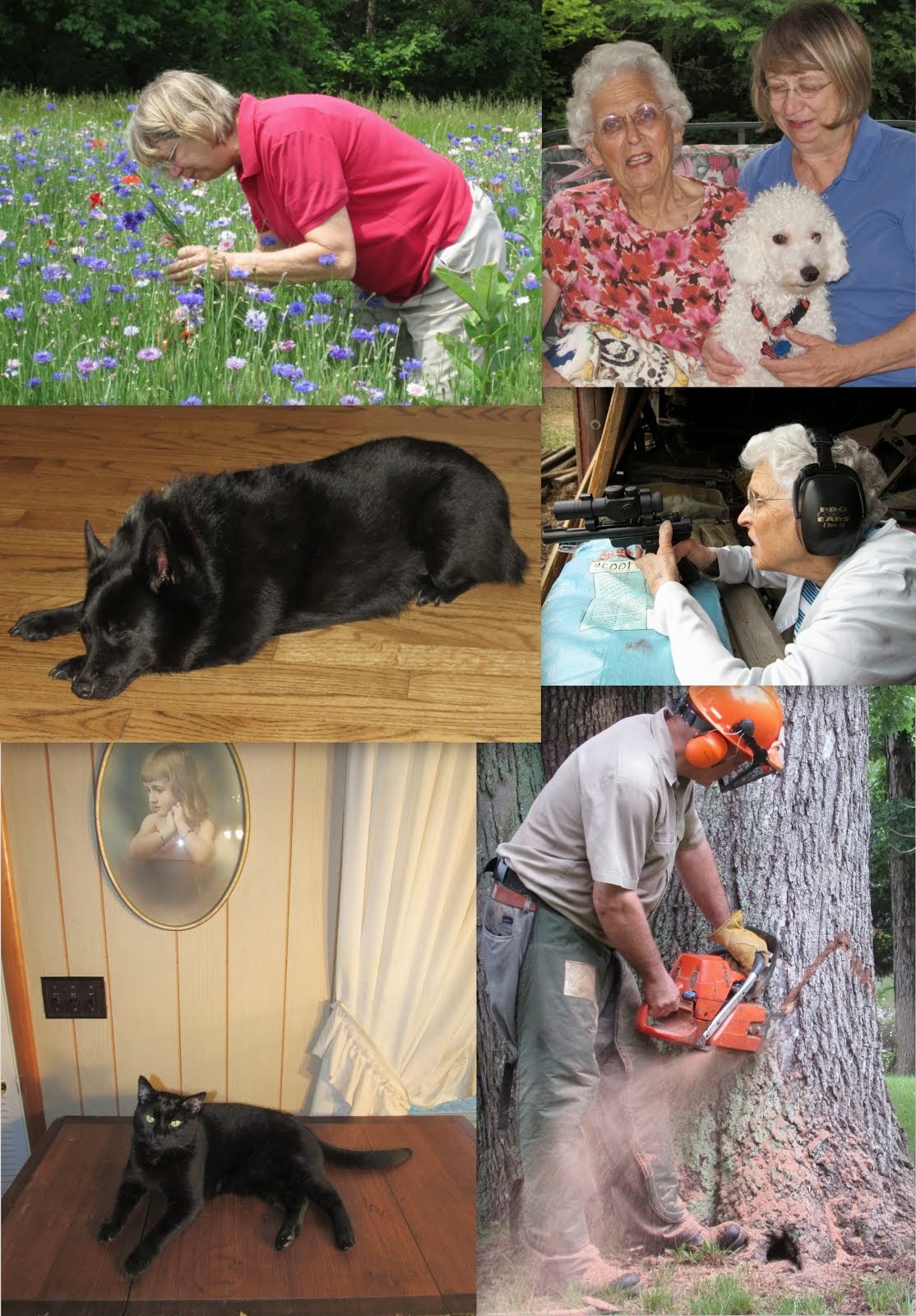
There are four different cylinder configurations you will see when you are engine watching at steam shows. The most common is the single cylinder engine. These engines have two power strokes for each revolution because steam pushes the piston from both sides. Farm steam engines always used a slide valve in the steam chest, and on single cylinder engines (simple engines), the steam is used once, then exhausted up the stack.

The double simple layout has two cylinders of equal size, each with its own steam chest; and the steam is used once and exhausted up the stack. This type of engine sounds more like a locomotive because of the doubling of the exhaust notes. Double simple engines are easier to start than single cylinder engines because the power strokes overlap.

Cross compound engines have two cylinders of different sizes. Steam is fed to the steam chest of the smaller, high pressure cylinder, and after it is used, it is exhausted to the steam chest of the larger, low pressure cylinder. After the steam is used in the second cylinder, it is exhausted up the stack. This type of engine usually was built with a valve which allowed the engineer to feed high pressure steam to both cylinders for starting, or for emergency power. Because only one cylinder exhausts into the stack, these sound just like a single cylinder engine when they are working.

The tandem compound layout was used extensively on Port Huron engines, and on a limited basis with a few other brands. The small, high pressure cylinder is mounted on the end of the low pressure cylinder, and both pistons are on the same rod. When you study this layout, you will notice that the steam chest is much larger than on simple and cross compound engines. The slide valve is a complicated affair which allows steam into the high pressure cylinder from the chest, and then routes it through the valve into the low pressure cylinder, and then exhausts the twice-used steam up the stack. I have studied diagrams of the Port Huron valve, and I wonder how anyone was able to design such a piece of machinery. It took a lot of imagination, and drafting and engineering skill. These engines also sound the same as a simple engine when they run. Below is a video from YouTube of a Port Huron pulling a load.
 There are four different cylinder configurations you will see when you are engine watching at steam shows. The most common is the single cylinder engine. These engines have two power strokes for each revolution because steam pushes the piston from both sides. Farm steam engines always used a slide valve in the steam chest, and on single cylinder engines (simple engines), the steam is used once, then exhausted up the stack.
There are four different cylinder configurations you will see when you are engine watching at steam shows. The most common is the single cylinder engine. These engines have two power strokes for each revolution because steam pushes the piston from both sides. Farm steam engines always used a slide valve in the steam chest, and on single cylinder engines (simple engines), the steam is used once, then exhausted up the stack. The double simple layout has two cylinders of equal size, each with its own steam chest; and the steam is used once and exhausted up the stack. This type of engine sounds more like a locomotive because of the doubling of the exhaust notes. Double simple engines are easier to start than single cylinder engines because the power strokes overlap.
The double simple layout has two cylinders of equal size, each with its own steam chest; and the steam is used once and exhausted up the stack. This type of engine sounds more like a locomotive because of the doubling of the exhaust notes. Double simple engines are easier to start than single cylinder engines because the power strokes overlap. Cross compound engines have two cylinders of different sizes. Steam is fed to the steam chest of the smaller, high pressure cylinder, and after it is used, it is exhausted to the steam chest of the larger, low pressure cylinder. After the steam is used in the second cylinder, it is exhausted up the stack. This type of engine usually was built with a valve which allowed the engineer to feed high pressure steam to both cylinders for starting, or for emergency power. Because only one cylinder exhausts into the stack, these sound just like a single cylinder engine when they are working.
Cross compound engines have two cylinders of different sizes. Steam is fed to the steam chest of the smaller, high pressure cylinder, and after it is used, it is exhausted to the steam chest of the larger, low pressure cylinder. After the steam is used in the second cylinder, it is exhausted up the stack. This type of engine usually was built with a valve which allowed the engineer to feed high pressure steam to both cylinders for starting, or for emergency power. Because only one cylinder exhausts into the stack, these sound just like a single cylinder engine when they are working.







No comments:
Post a Comment